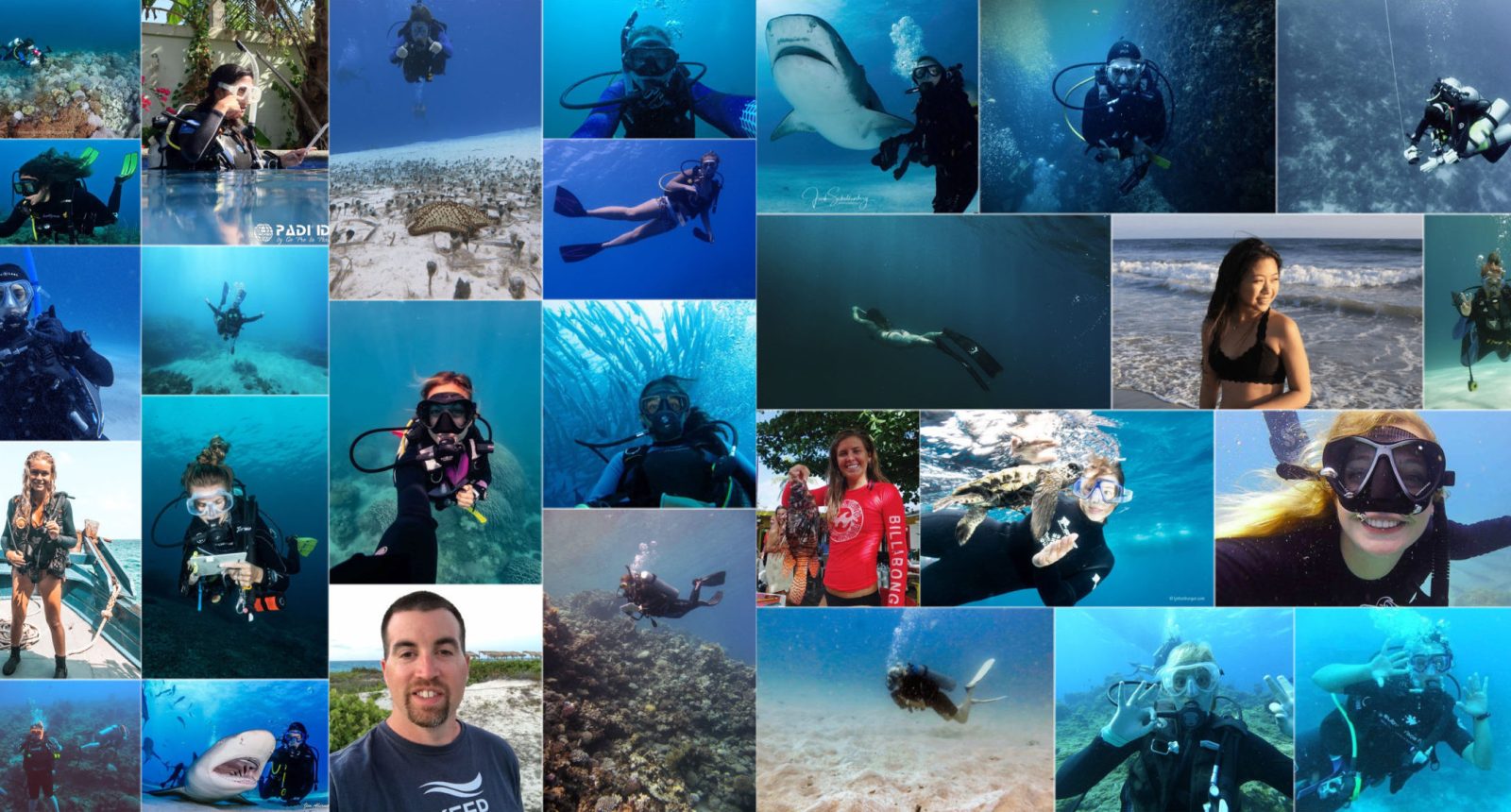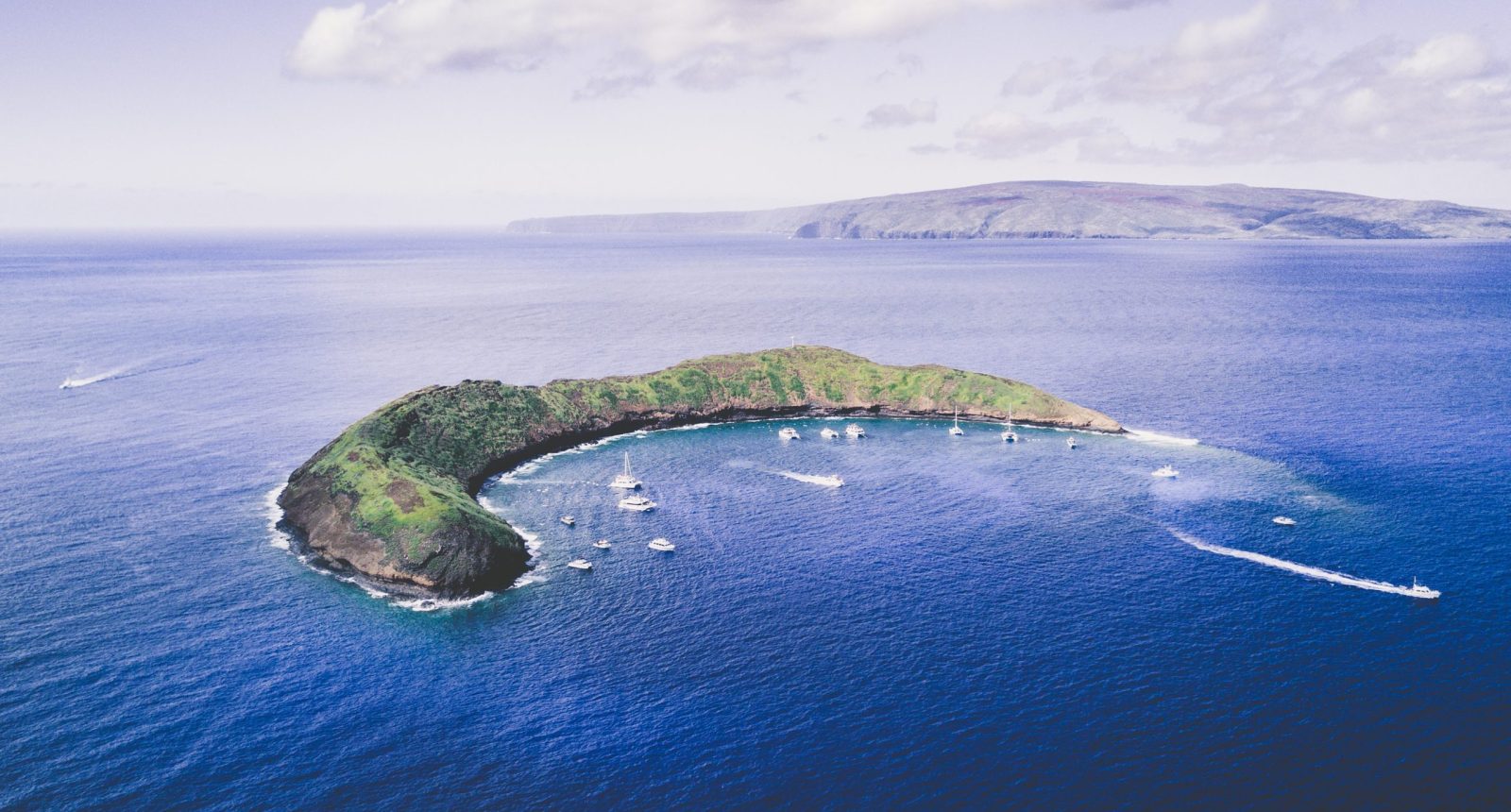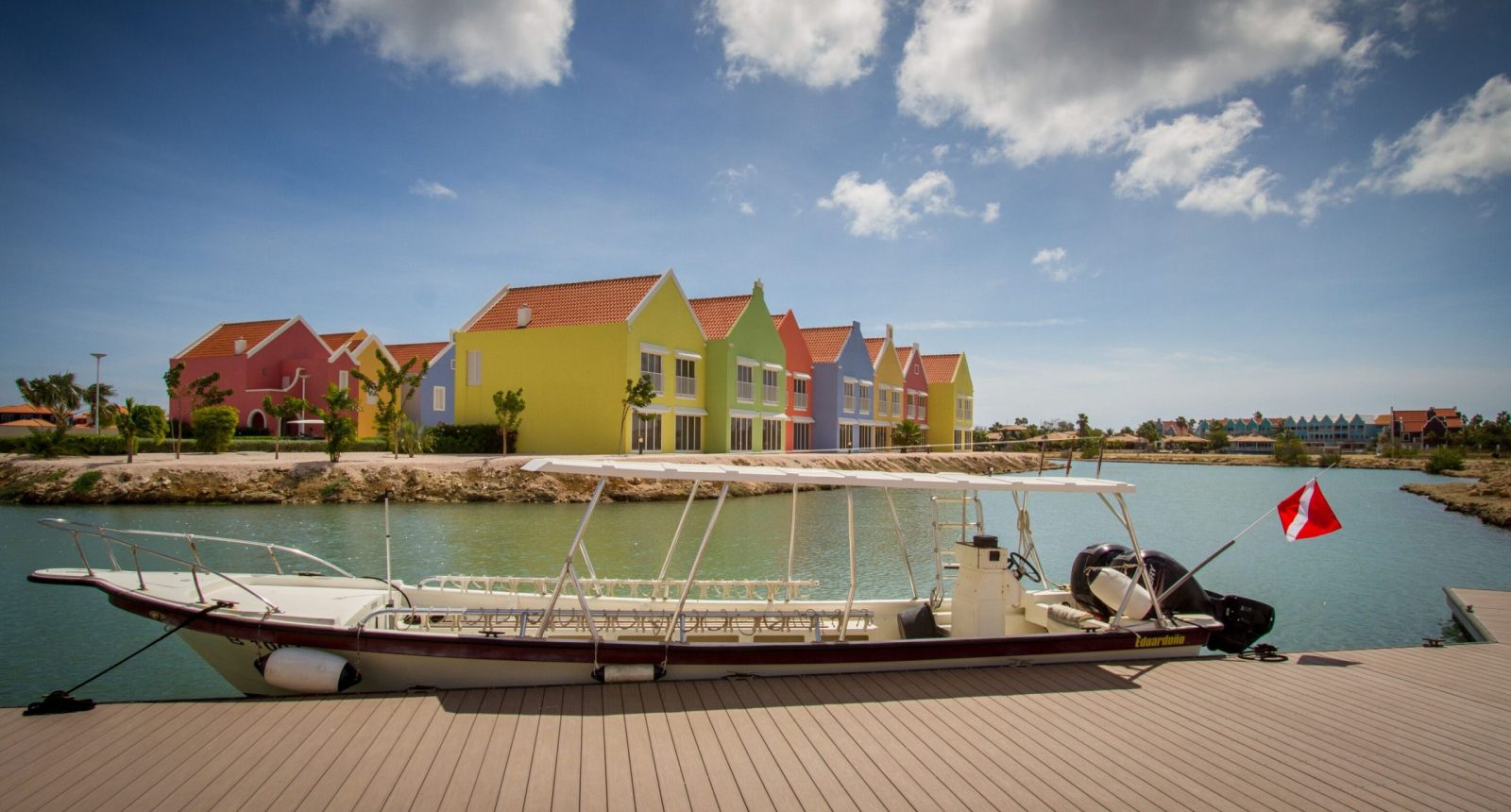
Everything You Need to Know Before Travelling to the Maldives
Hey guys! Today I am going to be taking you through the five W’s (and an H!) of the islands that are home to the seventh-largest reef system in the world: The Maldives!

The Maldives is found under the Indian peninsular in the middle of the Indian Ocean. There are 1200 Maldivian islands that breach the surface on an extinct volcanic marine mountain ridge that together cover 90,000 square kilometeres; 200 of the islands are inhabited by locals, 100 were developed for tourists, and the rest remain uninhabited. While there are 26 geographical atolls, most of the resorts are in North Male, South Male, Ari, Felidhu, Baa and Lhaviyani Atolls.
The most popular resort islands that house the stunning over the water villas you may have seen online or in magazines, are LUX* in the South Ari Atoll, Komandoo Maldives Resort in the Lhaviyani Atoll, and the Amari Havodda Maldives in the Gaafu Dhaalu Atoll. The tourist islands were developed with, well, the tourist in mind. The only locals who live on these islands are the ones who work on the resorts, and still many resort workers will commute home to other islands. The tourist islands allow for alcohol, bikinis, and other revealing clothing to be worn, which is forbidden on other islands as the Maldives are a Muslim country.
However, for those seeking a more authentic Maldivian experience, you are not limited to just the tourist islands. Visitors are permitted to visit and stay on locally inhabited islands, provided they respect the local community and abide by the country’s laws.
Who to go with
The Maldives has been a top honeymoon destination for years. The secluded islands provide the perfect backdrop for a romantic getaway with the one you love. The Maldives is definitely a place to visit with your significant other; whether you’re celebrating your honeymoon or just taking a trip because you love each other, the Maldives is one of the most romantic places on the planet.

What to Eat
You might not be thinking of the Maldives as a hot spot foodie destination, but I think these delicious islands dishes have been way overlooked! You’ll be hard-pressed to find western food or snack items in the Maldives, unless you’re staying on a tourist islands. The local islands embrace their local cuisine and are excited to share it with guests – spoiler alert: Maldivian food is delicious!
One of my favourite dishes from the island was Roshi and Mas Huni. Roshi is a sort of fluffy, pita style bread, while Mas Huni is tuna mixed with shredded coconut and honey. It’s incredible tastes just like the tropics!
Keep in mind the Maldives are a group of islands, so the majority of their dishes contain deliciously fresh seafood.

When to Go
I learned the hard way when to visit the Maldives. I travelled to the islands in mid-May which just happens to be the start of monsoon season in the Maldives. Yep…this is why pre-trip research is so important, and why I’m writing this post; so your Maldivian vacation doesn’t get rained out too!
The best time to visit the Maldives is between November and April which is the dry season, whereas May to October bring a lot of rain to the islands.
Regardless of when you travel to the islands, the temperature rarely drops below 25 degrees Celcius, but I would definitely say it’s worth paying a little bit more money to go during the dry season. There isn’t much to do in the Maldives on a rainy day aside from drink or scuba dive if you’re willing to brave the wavy seas.

Where to Stay
If you prefer to stay on one of the tourist islands where you’ll be to drink alcohol, wear whatever you’d like, and have some of the comforts from back home, then a resort like LUX* is the place to be.
If you’re looking to travel to one of the local islands, my recommendation would be to stay at Boutique Beach All Inclusive Diving Hotel on the island of Dhigurah in the Ari Atoll. Dhigurah is a small island, reaching only 4km in length and 1km in width and is a 1.5-hour boat ride or a 20-minute flight from the main island of Male. As the name says, the hotel is all-inclusive; your meals, arrival and departure transfers, and best of all: up to three dives a day are all included! Traditional Maldivian meals are prepared daily. Every evening the PADI Divemaster from the dive shop will come by the hotel to organize the next day’s snorkel and dive plans. There is a tourist beach just in front of the hotel, where guests are permitted to be in a bikini.
Boutique Beach is the perfect place to stay for those looking for a taste of local Maldivian culture, and an unforgettable underwater experience.

How to Pack
The Maldives are HOT. The temperature ranges between 25 degrees Celsius and 30 degrees Celsius, holding at a steady average of 28 degrees during high season.
This means you should bring your best hot weather attire; think light and airy material to combat any humidity. Of course, you’ll also need a swimsuit or two so you can jump into those crystal clear waters. If you’re travelling to a local island, you also need to bring modest, appropriate attire. Women need to have their shoulders and knees covered in all public areas on local islands; think long and flowy dresses or t-shirts with beach pants.


Why go
Diving
The Maldives is a divers paradise. Whether you’re a scuba diver, free diver, or even just a casual snorkeler, there is something special for you in the Indian Ocean. The Maldivian islands are home to the seventh-largest reef system in the world that millions of different species of sea life call home, including the biggest fish in the ocean: the whale shark. Day after day boatloads of tourists head out into the ocean in hopes of spotting these gentle giants and do so with great success. Aside from the near-surface behaviour of the fish, the Maldives is also a particularly popular destination for whale shark encounters because they are residents all year round.
Aside from whale sharks, you may also find yourself swimming alongside some giant manta rays during your stay in the Maldives as they also frequent the area.
Beaches
The beaches in the Maldives are unlike anything I’ve ever seen in my entire life; they look photo-shopped, like something pulled straight from a National Geographic magazine; they’re just that perfect. The atolls formed by changes in sea level create distinct shades of blue in the shape of the volcanic islands and allow for stunning reef systems to develop along with them.
Unfortunately, if you’re not one for diving in the ocean or playing in the sand, there isn’t much else to do in the Maldives. For those looking to do some historic tours or go hiking, the Maldives is not for you. These islands are more of a relaxing getaway for beachgoers. If you’re someone who likes to be more active in your travels I’d recommend making a stop in the Maldives for a day or two on your way to another destination, otherwise, you may find yourself bored after a week on the beach.



